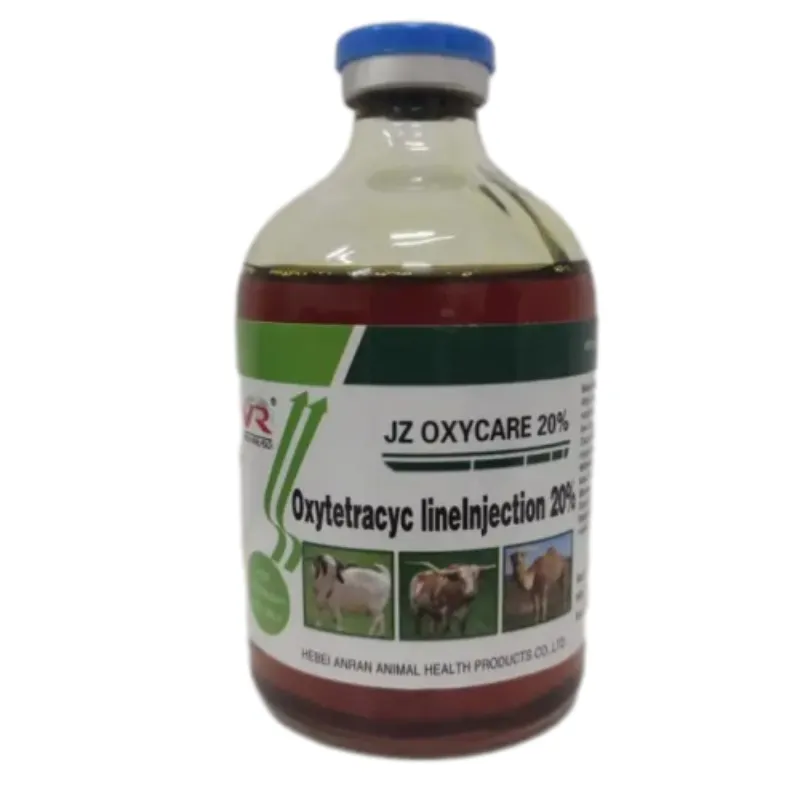- Afrikaans
- Albanian
- Amharic
- Arabic
- Armenian
- Azerbaijani
- Basque
- Belarusian
- Bengali
- Bosnian
- Bulgarian
- Catalan
- Cebuano
- Corsican
- Croatian
- Czech
- Danish
- Dutch
- English
- Esperanto
- Estonian
- Finnish
- French
- Frisian
- Galician
- Georgian
- German
- Greek
- Gujarati
- Haitian Creole
- hausa
- hawaiian
- Hebrew
- Hindi
- Miao
- Hungarian
- Icelandic
- igbo
- Indonesian
- irish
- Italian
- Japanese
- Javanese
- Kannada
- kazakh
- Khmer
- Rwandese
- Korean
- Kurdish
- Kyrgyz
- Lao
- Latin
- Latvian
- Lithuanian
- Luxembourgish
- Macedonian
- Malgashi
- Malay
- Malayalam
- Maltese
- Maori
- Marathi
- Mongolian
- Myanmar
- Nepali
- Norwegian
- Norwegian
- Occitan
- Pashto
- Persian
- Polish
- Portuguese
- Punjabi
- Romanian
- Russian
- Samoan
- Scottish Gaelic
- Serbian
- Sesotho
- Shona
- Sindhi
- Sinhala
- Slovak
- Slovenian
- Somali
- Spanish
- Sundanese
- Swahili
- Swedish
- Tagalog
- Tajik
- Tamil
- Tatar
- Telugu
- Thai
- Turkish
- Turkmen
- Ukrainian
- Urdu
- Uighur
- Uzbek
- Vietnamese
- Welsh
- Bantu
- Yiddish
- Yoruba
- Zulu
ජූලි . 30, 2024 04:06 Back to list
Dosage Guidelines for Injectable Amoxicillin and Clavulanic Acid in Clinical Settings
Amoxicillin/Clavulanic Acid Injectable Dosage An Overview
Amoxicillin-clavulanic acid, commonly known by its brand name Augmentin, is a broad-spectrum antibiotic that combines amoxicillin, a penicillin derivative, with clavulanic acid, a beta-lactamase inhibitor. This combination is particularly effective against a range of bacterial infections, especially those caused by beta-lactamase-producing organisms that are resistant to amoxicillin alone. The injectable form of amoxicillin-clavulanic acid is typically used in a hospital setting for more severe infections where oral administration is not practical or effective.
Indications
The injectable formulation of amoxicillin-clavulanic acid is indicated for the treatment of various infections, including but not limited to - Respiratory tract infections - Urinary tract infections - Skin and soft tissue infections - Intra-abdominal infections - Bacterial infections in immunocompromised patients
Due to its broad-spectrum coverage, it is often employed when the specific bacterial pathogen is unknown, but the physician suspects a serious infection necessitating prompt intervention.
Dosage Guidelines
The dosage of amoxicillin-clavulanic acid can vary significantly based on several factors, including the severity of the infection, the patient's age and weight, renal function, and the presence of other medical conditions
.For adults, the typical starting dose for mild to moderate infections may range from 1.2 g to 1.5 g every 8 hours. In cases of more severe infections, healthcare providers may opt for higher doses or more frequent administration. For instance, patients suffering from severe pneumonia or complicated intra-abdominal infections might receive 1.2 g every 6 hours.
amoxicilline acide clavulanique injectable posologie

In pediatric patients, the dosage is usually calculated based on body weight. The standard dosing for infants and children older than 3 months generally ranges from 30 mg/kg to 50 mg/kg per day, divided into two or three doses. Special attention must be paid to the maximum daily dosage to avoid potential toxicity.
Administration
Amoxicillin-clavulanic acid is administered intravenously, and proper technique is vital. The medication should be given slowly through an IV infusion to reduce the risk of adverse effects and ensure better tolerance. Usually, the infusion should last about 30 to 60 minutes depending on the total dose being administered.
Monitoring and Considerations
Patients receiving injectable amoxicillin-clavulanic acid should be closely monitored for signs of therapeutic efficacy and any adverse reactions. Common side effects may include gastrointestinal disturbances, such as nausea or diarrhea, as well as allergic reactions ranging from mild rashes to severe anaphylaxis.
In patients with renal impairment, dose adjustments are necessary to prevent drug accumulation and potential toxicity. Regular monitoring of renal function is essential in such cases. Additionally, as with all antibiotics, it is crucial to assess the patient's therapy to determine whether it should be continued based on clinical response and microbiological results.
Conclusion
Amoxicillin-clavulanic acid injectable formulation remains a critical component of antibiotic therapy in the treatment of serious bacterial infections. Understanding its indications, appropriate dosing, and administration guidelines is essential for healthcare professionals to optimize patient outcomes. As antibiotic resistance continues to rise, responsible use of this potent combination can help maintain its effectiveness in combating resistant infections and ensuring patient safety.
-
Guide to Oxytetracycline Injection
NewsMar.27,2025
-
Guide to Colistin Sulphate
NewsMar.27,2025
-
Gentamicin Sulfate: Uses, Price, And Key Information
NewsMar.27,2025
-
Enrofloxacin Injection: Uses, Price, And Supplier Information
NewsMar.27,2025
-
Dexamethasone Sodium Phosphate Injection: Uses, Price, And Key Information
NewsMar.27,2025
-
Albendazole Tablet: Uses, Dosage, Cost, And Key Information
NewsMar.27,2025













